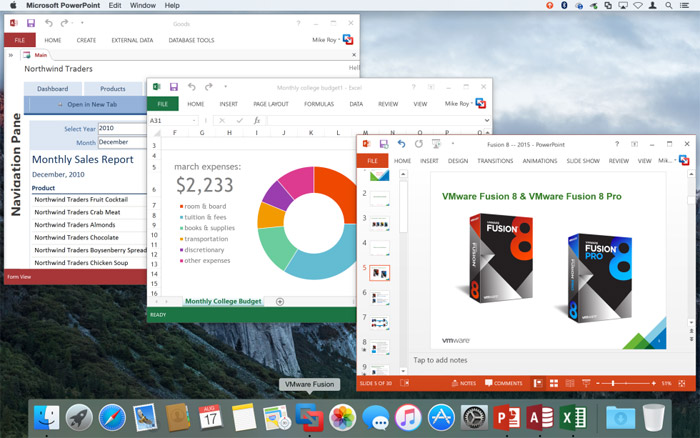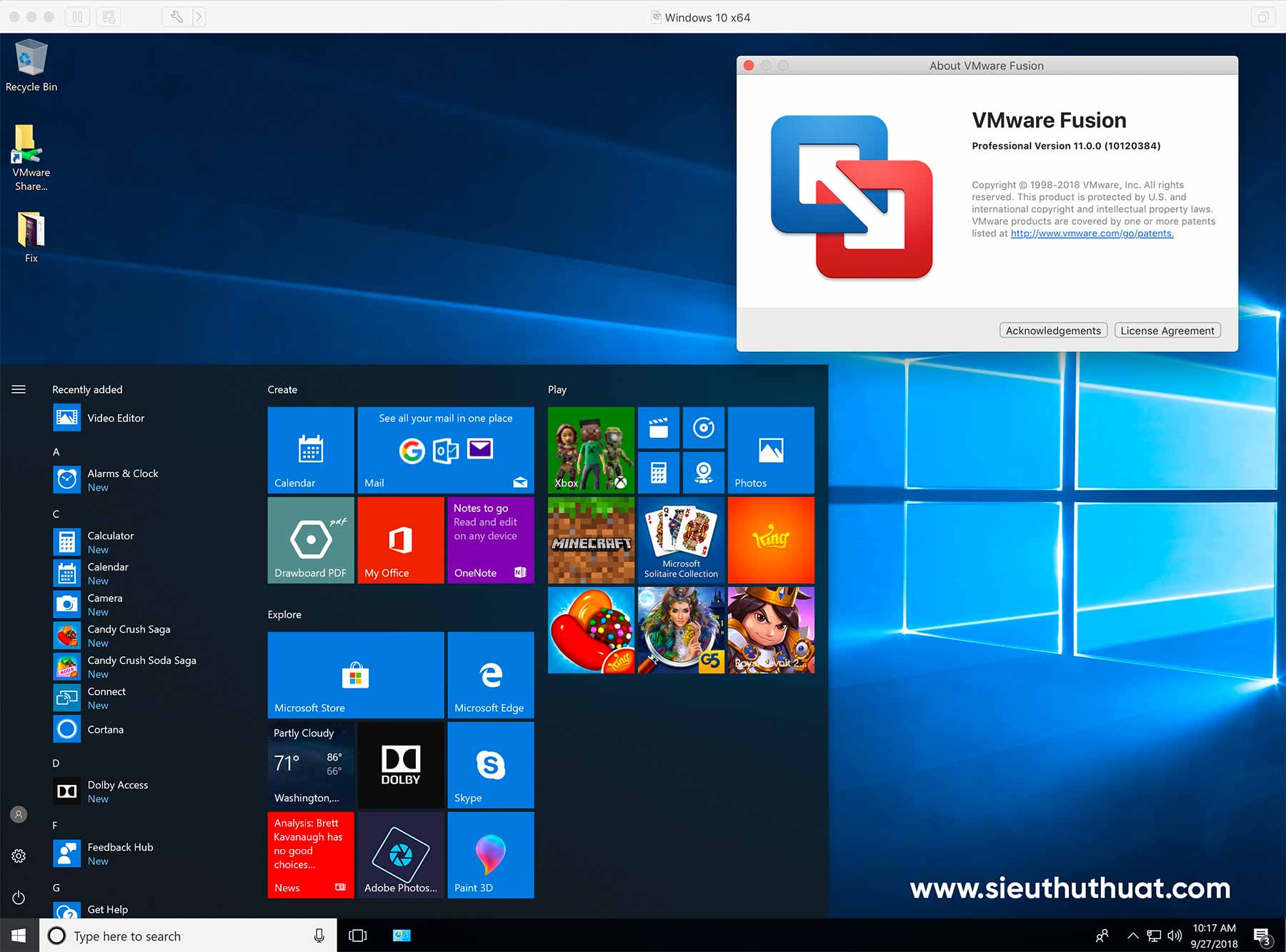

For more information on what image to download, we have written up a guide. We select “ Browse”, and navigate to the location of the ISO that we downloaded.

On this screen, we select the Kali Linux image to use to install from. However, most users do not have their Kali Linux VM using all these extra resources (see screenshot below), so they wouldn’t benefit from having the latest profile, which is why we ship with a older profile. This will remove any limitations caused by older VMware profiles. If you are using a later version of VMware than v8, upon start up, VMware will prompt about upgrading the VM. This allows for more users to benefit from Kali Linux out of the box (without having to edit the. The next screen is “Virtual Machine Hardware Compatibility”, which we use “ Workstation 8.x”. When you have the option, select “ Custom (advanced)” for the Virtual Machine Configuration, as this will allow us to have more control over the creation of the VM. Upon starting up VMware Workstation, select “ Create a New Virtual Machine”. Usually right-clicking and extracting the files with the 7-Zip tool you chose to install will do the trick.You will need to enable virtualization in your BIOS/UEFI for (e.g. The exact process will change based on your system. Just someplace with a solid and fast internet connection. Home? A coffee shop parking lot? A closed motel parking lot? It does not matter. Please start the process now…Īt this very moment. It will take some time to get it downloaded. Next, you will need to download the class VM. (Native unzipping utilities tend to choke on very large files.) We use 7-Zip because it is the most consistent for decompressing large files. Next, you will need to download 7-Zip for your system. We only officially support VMWare for class troubleshooting.ĭo not install updates to the VM unless specifically directed to do so. USB Support is necessary for the classes and labs. You can use VirtualBox, but it fails about 25% of the time on either networking or USB support. If you are using a Mac, you can use VMware Fusion: You can use VMware Workstation Player (free), or you can download and use the VMware Workstation Pro evaluation (the eval for Workstation Pro is free to use for a limited time). VMware Workstationįirst, you will need VMWare. Note: Please do not run the VM on a company laptop without express permission from your IT department. This VM is used for all of John Strand’s “ Pay What You Can” courses. You will need a virtual machine (VM) to perform the lab exercises for these classes. Below are the instructions to get your system ready for your upcoming training.


 0 kommentar(er)
0 kommentar(er)
